The summary for what follows would go something like this: Identify specific technique issues and devise a practice method that eliminates those issues and promotes smooth playing and greater understanding.
As far as identifying those clunky spots in your playing goes, if you aren't doing it constantly right now, you better start paying closer attention. Even the best players have to stay on their game to sound smooth and effortless. Critical listening is a good thing. The idea here is that you don't imagine how good you sound, you really pay attention to what is coming out of the speakers and address ANY spots in your playing that reflect a loss of flow that raise eyebrows in some sort of WTF? fashion.
When you have a short list of these areas that grabbed your attention, no matter how small, you create a small circle, a short pattern you can repeat, maybe 10-30 notes long. This constitutes a practice circle that you can use to reduce or eliminate the rough playing you notice.
When you have a set of practice circles, maybe ten, you arrange them in a set of two minute drills and do those drills the first thing each day when you start to play. Record yourself playing something difficult on the first day, then do the drills for 30 days. Record that same piece again after 30 days and just listen. This has happened many times in my experience with younger players. They love the jump in their skill level.
Give it a chance and make yourself smile.


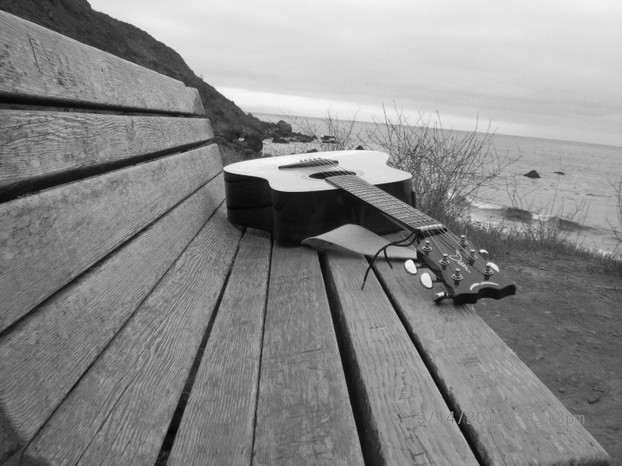
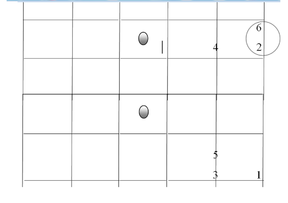
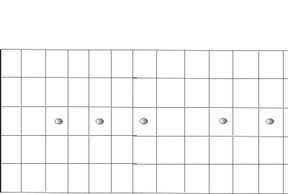


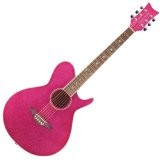
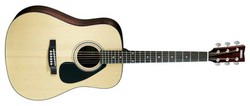
Comments